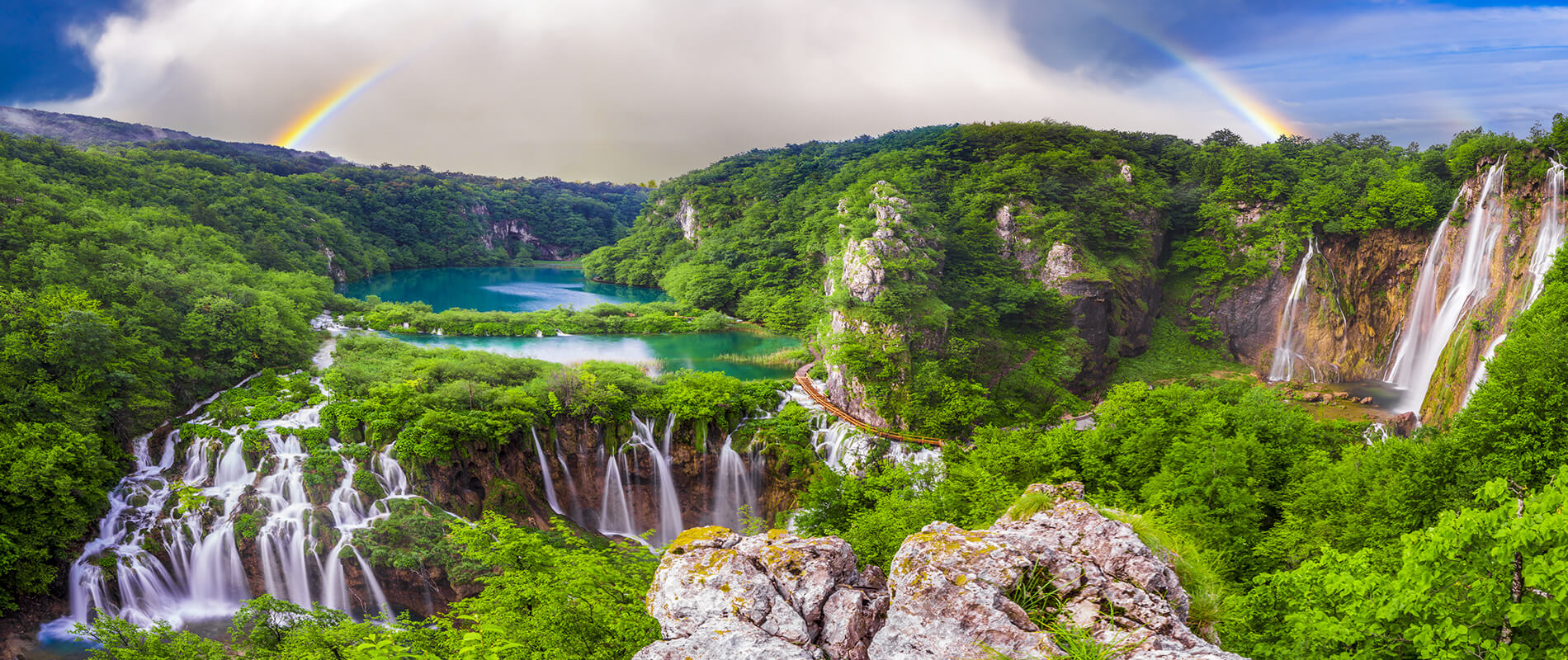Santorini, Greece: The White-Washed Wonder
Santorini, an island in the Aegean Sea, is one of the most popular travel destinations in the world, and for good reason. Known for its breathtaking sunsets, crystal-clear waters, and iconic white-washed buildings, Santorini is a true Greek paradise. With its stunning views, rich history, and vibrant culture, this island offers a unique experience that captures the hearts of all who visit. Here’s why Santorini, Greece, is the ultimate destination and what makes it a “white-washed wonder.”
A Brief Overview of Santorini
Santorini is part of the Cyclades archipelago, located in the southern Aegean Sea. The island was formed by a volcanic eruption thousands of years ago, which created its stunning caldera (a massive volcanic crater) and steep cliffs. The island’s rich volcanic history not only shaped its landscape but also influenced its culture, architecture, and the unique features that make Santorini so famous today.
Iconic White-Washed Buildings and Blue Domes
One of the most striking features of Santorini is its architecture. The island is renowned for its traditional white-washed buildings with blue domes, which are a hallmark of Greek island architecture. The contrast between the bright white buildings and the deep blue sky creates a visually stunning image that is immediately recognizable. The buildings are constructed from volcanic stone, keeping them cool in the summer heat, and their curved shapes allow them to blend seamlessly into the landscape.
In particular, the village of Oia is famous for its picturesque houses with blue domed roofs, narrow winding streets, and charming bougainvillea-covered walls. This village offers one of the best views of the caldera and is one of the top spots to watch Santorini’s legendary sunsets.
The Caldera and Stunning Views
The caldera is one of the most important features of Santorini and one of its most sought-after attractions. This massive crater, formed by a volcanic eruption in the 16th century BC, is now home to several islands, including Santorini itself. The steep cliffs of the caldera offer stunning panoramic views of the surrounding sea and the neighboring islands, making it a popular spot for visitors to take in the landscape.
The views from the caldera are especially spectacular during sunset, when the sky turns into a brilliant array of oranges, pinks, and purples. This is one of the most photographed moments in Santorini, and it has earned the island a reputation as one of the best places in the world to watch the sunset.
Unique Beaches
Santorini isn’t just known for its iconic architecture; it also boasts some of the most unique beaches in the world, thanks to its volcanic origins. The island is home to several distinctive beaches, each with its own charm.
- Red Beach: Named for its striking red-hued cliffs and sand, Red Beach is one of the most famous on the island. The dramatic landscape, combined with the turquoise waters, makes it a must-visit.
- Black Sand Beaches: The island’s volcanic history has created a series of black sand beaches, such as Kamari and Perissa. These beaches are perfect for sunbathing and swimming, and the contrast between the black sand and the deep blue Aegean Sea is striking.
- White Beach: Located near the Red Beach, White Beach offers a quieter, more secluded experience. It’s surrounded by white cliffs, and the clear water makes it an ideal spot for snorkeling.
Rich History and Archaeological Sites
Santorini is steeped in history and culture, and its ancient ruins provide insight into its fascinating past. One of the most significant historical sites on the island is Akrotiri, an ancient Minoan city that was preserved by volcanic ash after the eruption in 1600 BC. The city, often referred to as the “Pompeii of the Aegean,” offers visitors a glimpse into ancient life, with well-preserved ruins, frescoes, and artifacts.
Another important historical site is Ancient Thira, located on the island’s highest point. The site contains ruins from several civilizations, including the ancient Greeks, Romans, and Byzantines. Here, visitors can explore the remains of temples, homes, and public buildings while enjoying panoramic views of the island.
Delicious Cuisine and Local Wines
Santorini is not only a feast for the eyes but also for the taste buds. The island’s cuisine is a reflection of its Mediterranean heritage, with fresh, local ingredients that are used in many traditional dishes. Some must-try foods in Santorini include:
- Fava: A creamy dip made from yellow split peas, often served with olive oil, onions, and lemon.
- Tomatokeftedes: Fried tomato fritters made from the island’s unique small tomatoes, which are considered some of the best in the world.
- Souvlaki: Grilled meat on skewers, often served with pita bread, vegetables, and a side of tzatziki sauce.
Santorini is also famous for its wine, particularly its white wines made from the Assyrtiko grape, which is native to the island. The volcanic soil of Santorini creates a unique flavor profile for the wine, and visitors can tour the island’s many wineries to sample the local varieties.
Activities and Adventure
While Santorini is often thought of as a romantic destination, it also offers plenty of activities for those seeking adventure. Hiking is one of the best ways to experience the island, and there are numerous trails that offer incredible views of the caldera, villages, and beaches.
The hike from Fira to Oia is particularly popular, taking about 3-4 hours and offering breathtaking views along the way. For a more relaxed experience, visitors can take boat tours to explore the surrounding islands, including the volcanic island of Nea Kameni, where you can swim in hot springs or hike to the crater of the active volcano.
For those who prefer a more laid-back experience, Santorini’s charming villages are perfect for wandering. The narrow streets are lined with boutique shops, cafes, and art galleries, allowing visitors to soak in the local culture while enjoying the stunning architecture.
The Best Time to Visit
The best time to visit Santorini is during the spring (April to June) and fall (September to October), when the weather is pleasant, and the island isn’t as crowded as in the peak summer months. While the summer months (July and August) are the most popular, they can also be very hot, and the island is often packed with tourists. Visiting during the shoulder seasons allows you to enjoy the beauty of Santorini without the overwhelming crowds.
Conclusion
Santorini is a place that captures the essence of Greek beauty—timeless, stunning, and serene. From its iconic white-washed buildings and spectacular sunsets to its volcanic beaches and ancient ruins, this island offers something for every type of traveler. Whether you’re looking to relax, explore, or immerse yourself in history and culture, Santorini is a destination that will leave you with memories to last a lifetime.
4o mini


